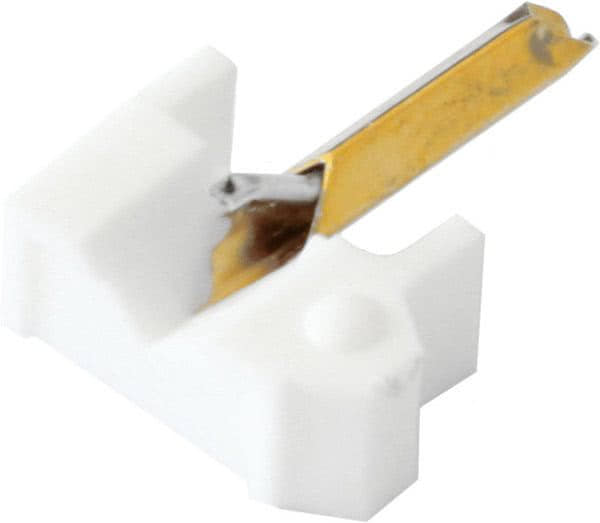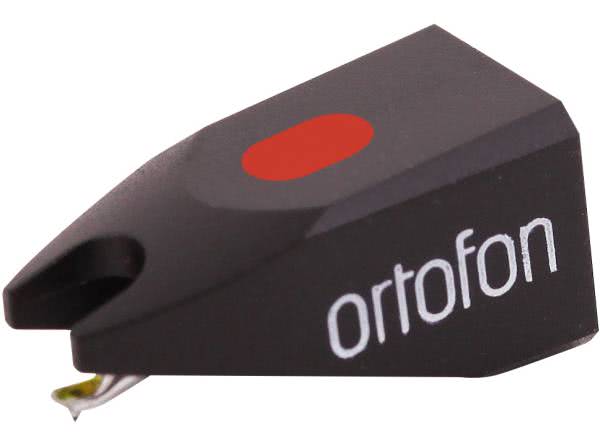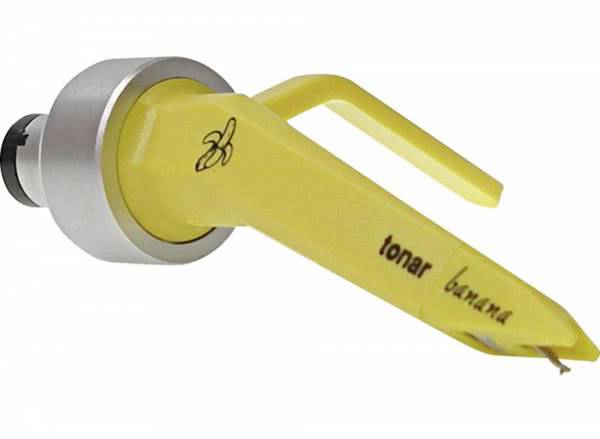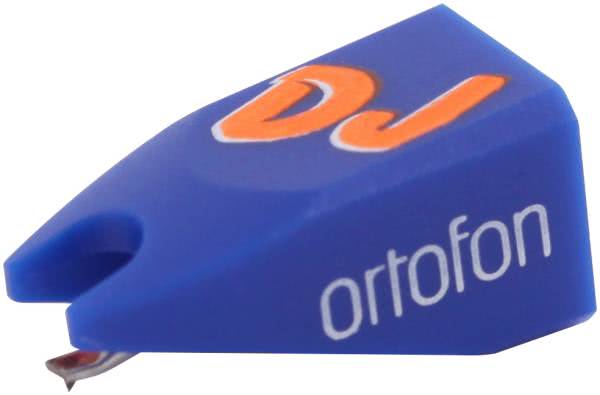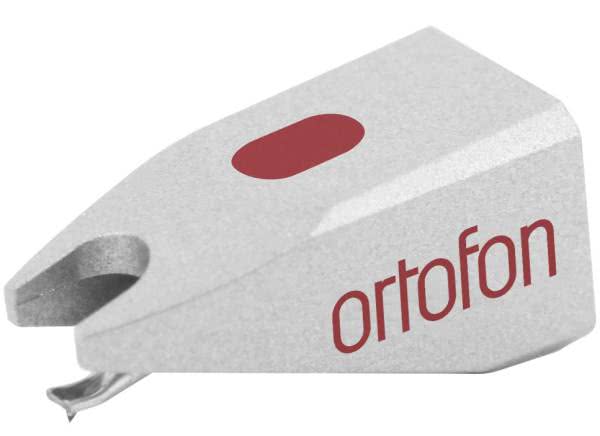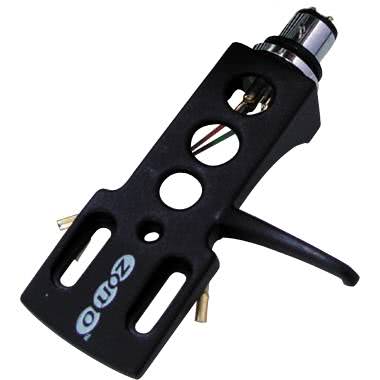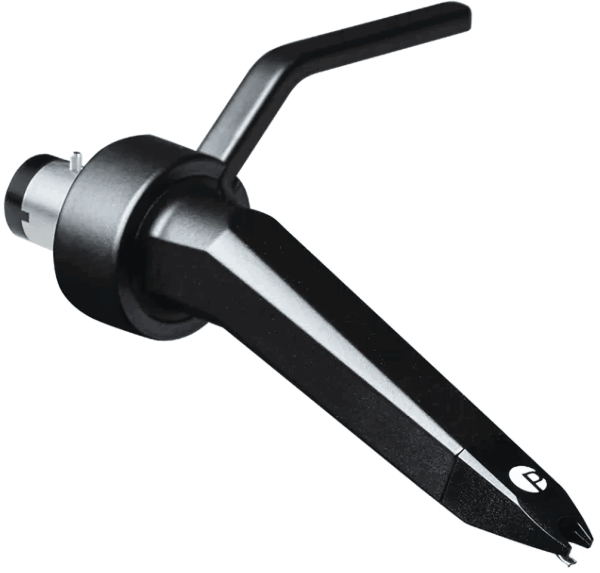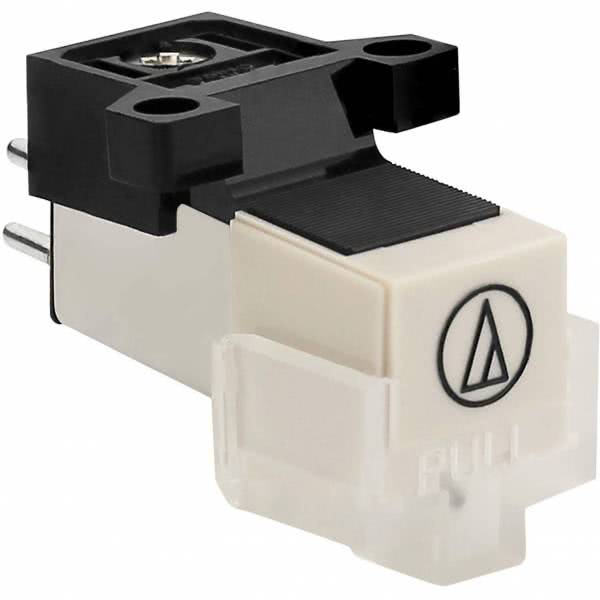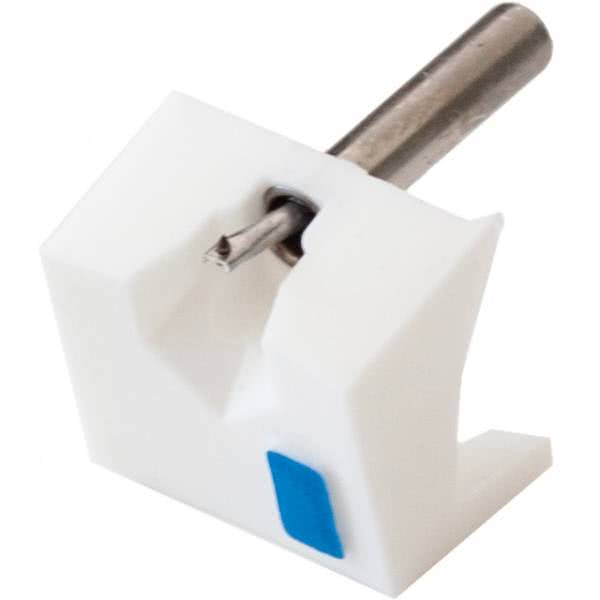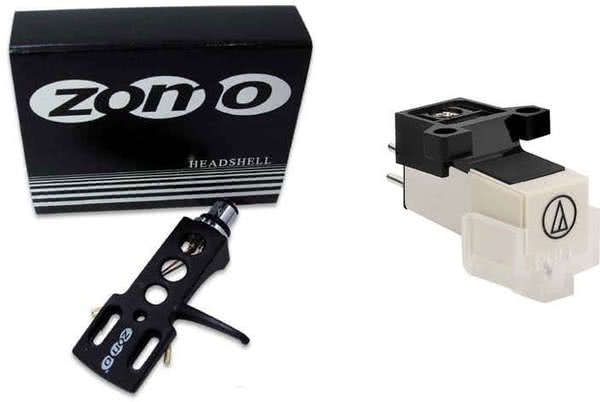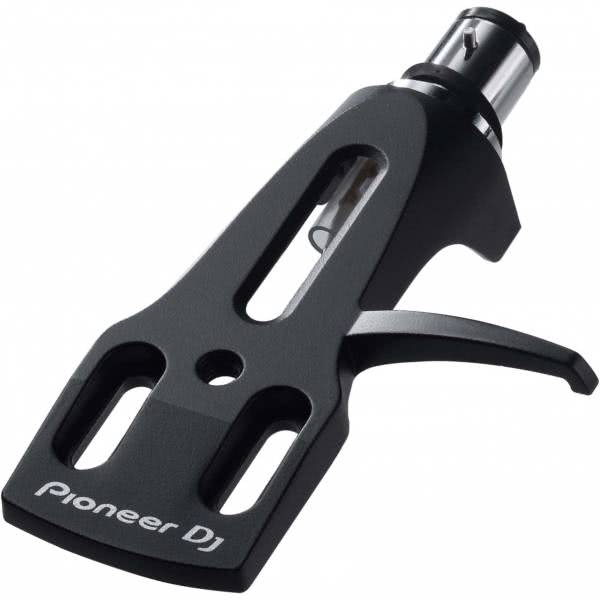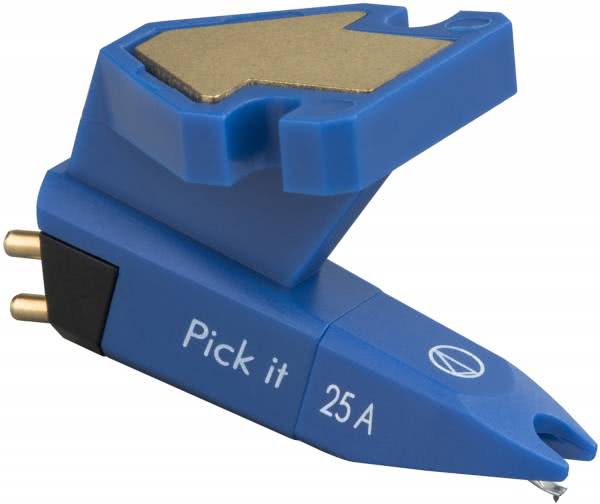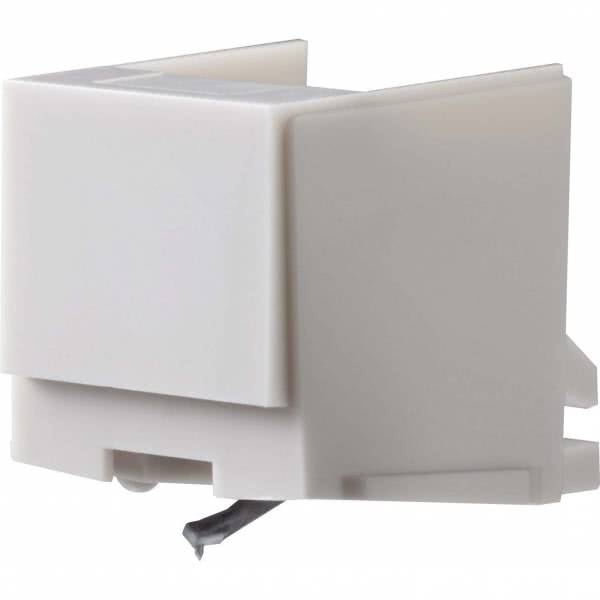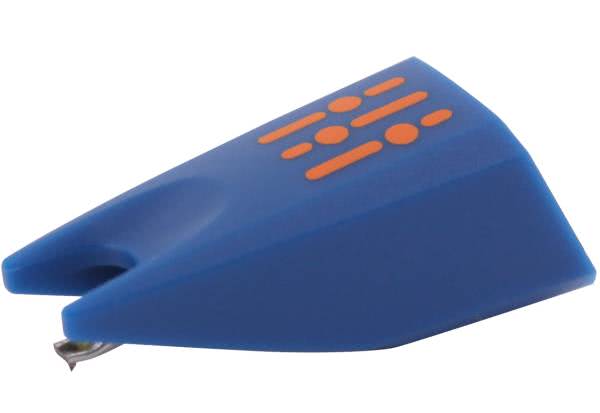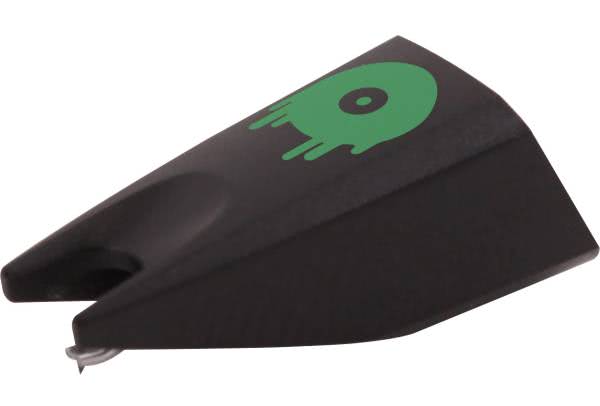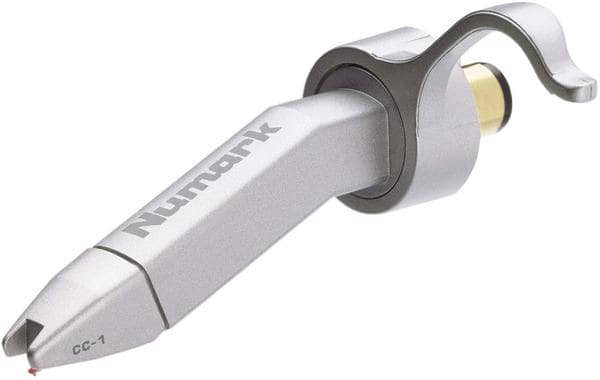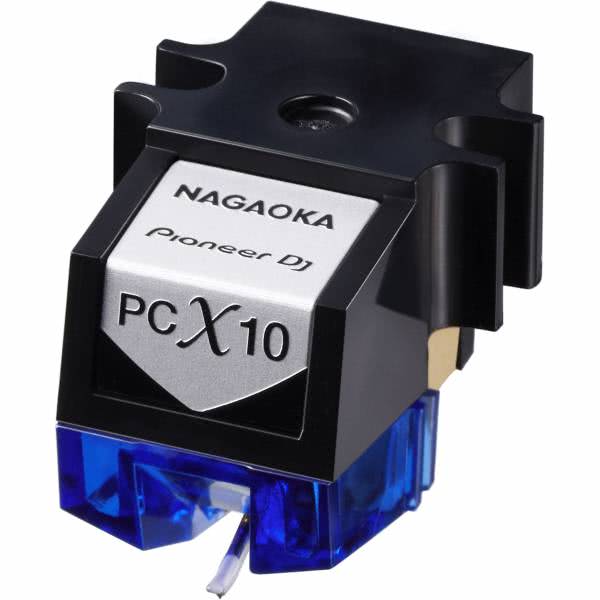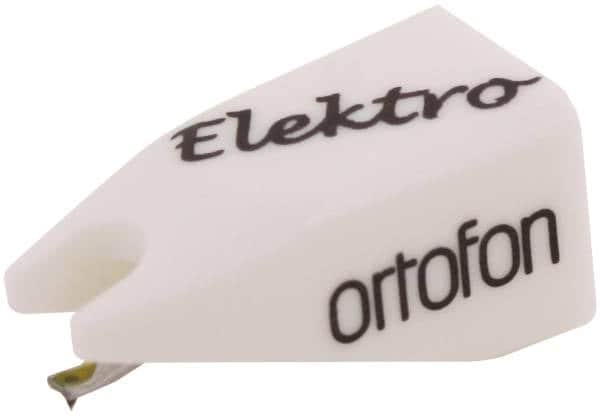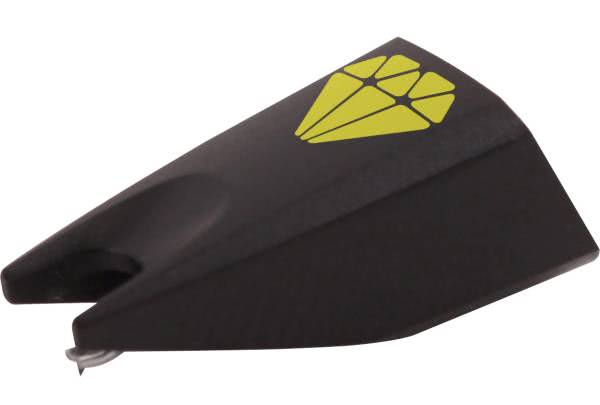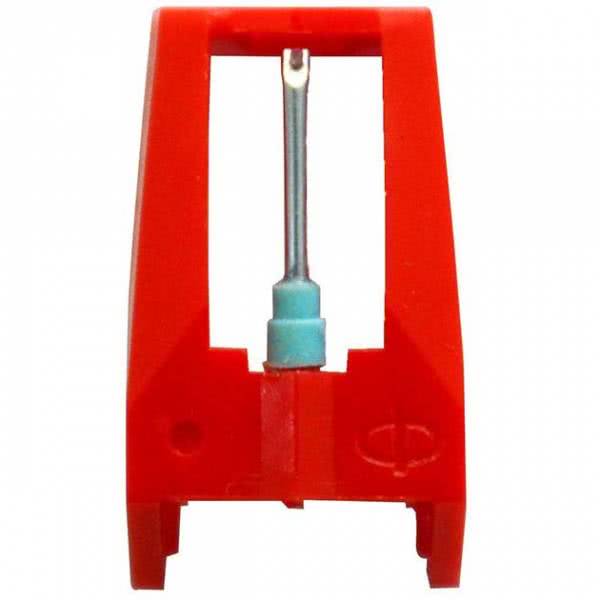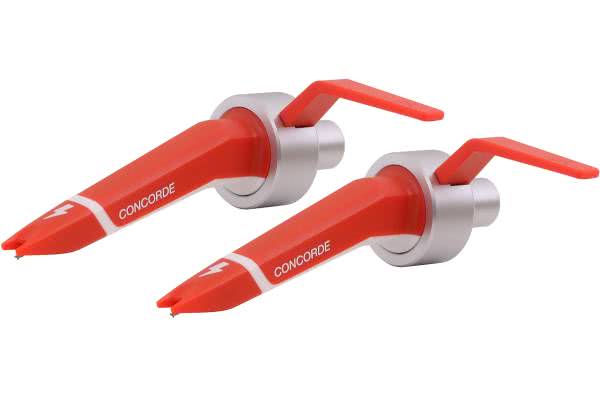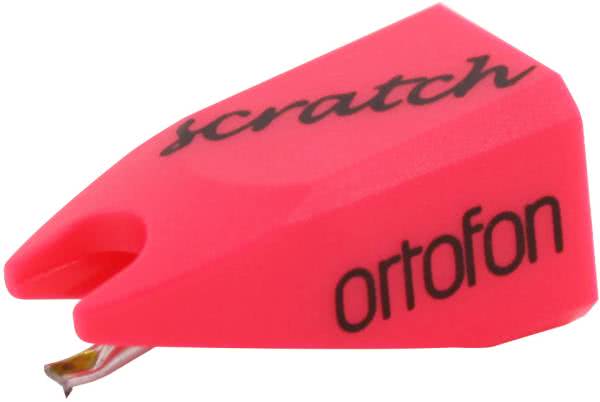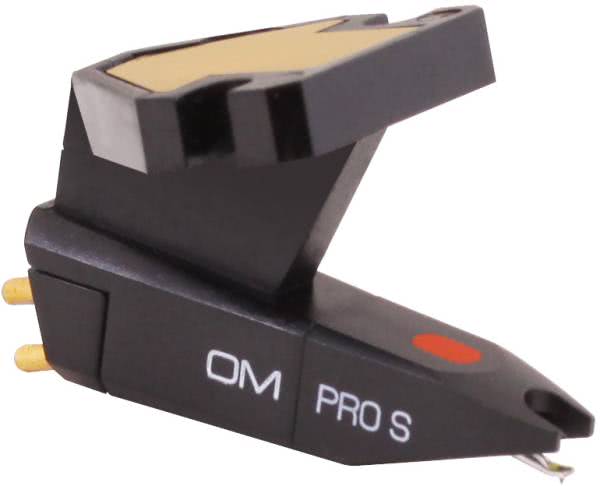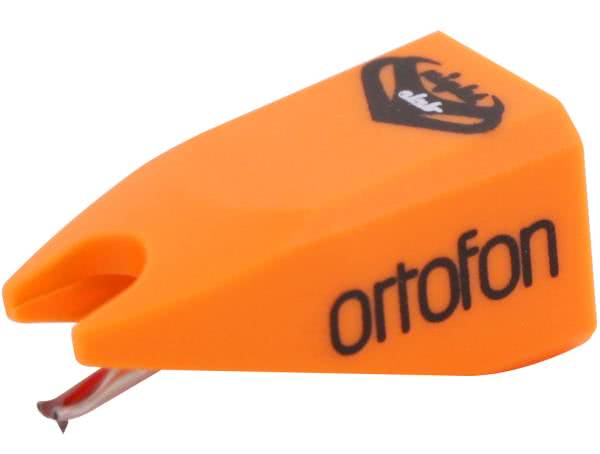There are the most diverse kinds of pick-up systems, suitably for all turntables available in our shop for all customs. With systems like Ortofon, Numark, Stanton or Shure the name stands for the product. Are you a professional DJ and do you need a system, set, a spare needle or simply accessories to the pick-up for playing Vinyls or to scratch? Here you will find a suitable pick-up system for each kind of customs.
Pickups and DJ Needles - Guide and Overview
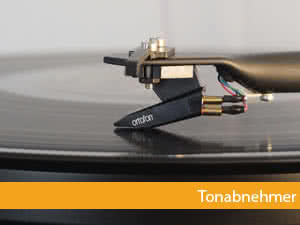 One of the most important components of a turntable is the pickup, because it is responsible for the sound quality of the sound. Some people are completely satisfied with the cartridge supplied by the manufacturer, but true music lovers appreciate buying a high-quality model.
One of the most important components of a turntable is the pickup, because it is responsible for the sound quality of the sound. Some people are completely satisfied with the cartridge supplied by the manufacturer, but true music lovers appreciate buying a high-quality model.
Therefore, the choice of the right pickup should not be left to chance, but one should inform oneself beforehand about the different types of pickups and of course about their function.
The pickup - function and structure
The pickup, also known as the record needle, is positioned at the tip of the tonearm. Here it reacts to the vibrations in the plate grooves and converts them into electrical voltage or signals. In principle, the stylus is only a small component of the pickup, as it has other elements: it also includes the needle, the needle carrier, the transition and the housing.
The pickup needle is usually made of very robust diamond, but ruby and sapphire are also common. In terms of service life, however, diamond needles exceed those made of sapphire by a factor of ten: up to 1,000 hours of playing time is best achieved by a diamond scanning needle. Thus, the usually higher price is definitely worthwhile. Until a few decades ago, however, pickups were not only made of precious stones, but also of steel or even wood.
True music lovers often invest more in a pickup than in an entire turntable to enjoy perfect sound at all times.
Differences in different pickup scanning systems
Looking at the cartridges available on the market today, it quickly becomes clear how great the differences between the individual variants are. The electrical voltage
is produced in different ways depending on the type of construction and is then transferred to the turntable via the tonearm:
Electromagnetic transducer (MM)
The electromagnetic transducer (MM) is nowadays the most frequently used - among other things, because it is the most favourable variant. They also have the great advantage that the needle can be replaced individually without having to replace the complete pickup immediately.
Electrodynamic transducer (MC)
The electrodynamic transducer (MC) on the other hand works with a special moving coil. This is a dynamic scanning system that moves the coils within a constant magnetic field. However, the needle cannot be replaced retrospectively on most instruments, so it would always be necessary to replace the entire pickup.
Piezoelectric scanner
The third variant is the piezoelectric scanner, which has special strips of robust ceramic material that in turn provide the necessary signal voltage on the device. The biggest difference to the other two versions is that the piezoelectric scanner can also operate without a preamplifier.
The turntable needle and its cut
The needle at the tip of the pickup is the only component that comes into contact with the plate. During operation, it runs through the record's groove to scan the track. There are also different versions, which you can choose between when buying.
If you want a particularly good sound, then the elliptically cut needle is the right choice. It is bluntly ground and can therefore pick up the highs, middles and lows very precisely on the record. However, elliptical needles are less suitable for DJs because they don't penetrate deep into the groove - but for all other music lovers it is usually the preferred choice. However, elliptically ground needles are also the most expensive variant.
The spherically ground needle, also known as the DJ needle, has a pointed cut and can therefore pick up deeper areas of the groove. Here the risk of bouncing off the record is much lower, which makes it an excellent solution for DJs: Scratching with spherical needles is easier and more comfortable. Disadvantages are, however, seen in the heights - these are more prominent in the case of elliptically ground needles.
How are pick-ups mounted on turntables?
There are different ways to install a cartridge.
This gives you the option of attaching the pickup directly to the tonearm or fixing it to a headshell. If you have a system with a headshell, correct adjustment of the pickup is particularly important to achieve the best possible sound quality.

